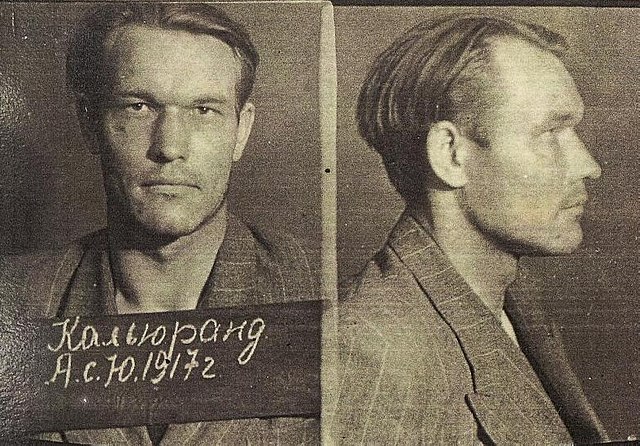The Afghan mujahideen (Pashto: افغان مجاهدين) were Islamist resistance militias that fought the Democratic Republic of Afghanistan and the Soviet Union during the Soviet–Afghan War and the subsequent First Afghan Civil War.
Mujahideen rebels of the Yunus Khalis group, 1987
Amin Wardak, a mujahidin commander of Maidan Wardak Province
Mujahidin guerillas in Kunar Province, Afghanistan, 1985
Various mujahidin weaponry seized by the Soviet army
A resistance movement is an organized group of people that tries to resist the government or an occupying power, causing disruption and unrest in civil order and stability. Such a movement may seek to achieve its goals through either the use of violent or nonviolent resistance, or the use of force, whether armed or unarmed. In many cases, as for example in the United States during the American Revolution, or in Norway in the Second World War, a resistance movement may employ both violent and non-violent methods, usually operating under different organizations and acting in different phases or geographical areas within a country.
Members of the Norwegian resistance movement Milorg, engaged in supply raids, espionage as well as the sabotage of German heavy water production during WW2
A group of Afghan mujahideen, who were considered to be freedom fighters by Western nations, October 1987
Mugshot of Ants "the Terrible" Kaljurand, a famous Estonian freedom fighter and Nazi collaborator
Ottoman Mamluk lancers, early 16th century







